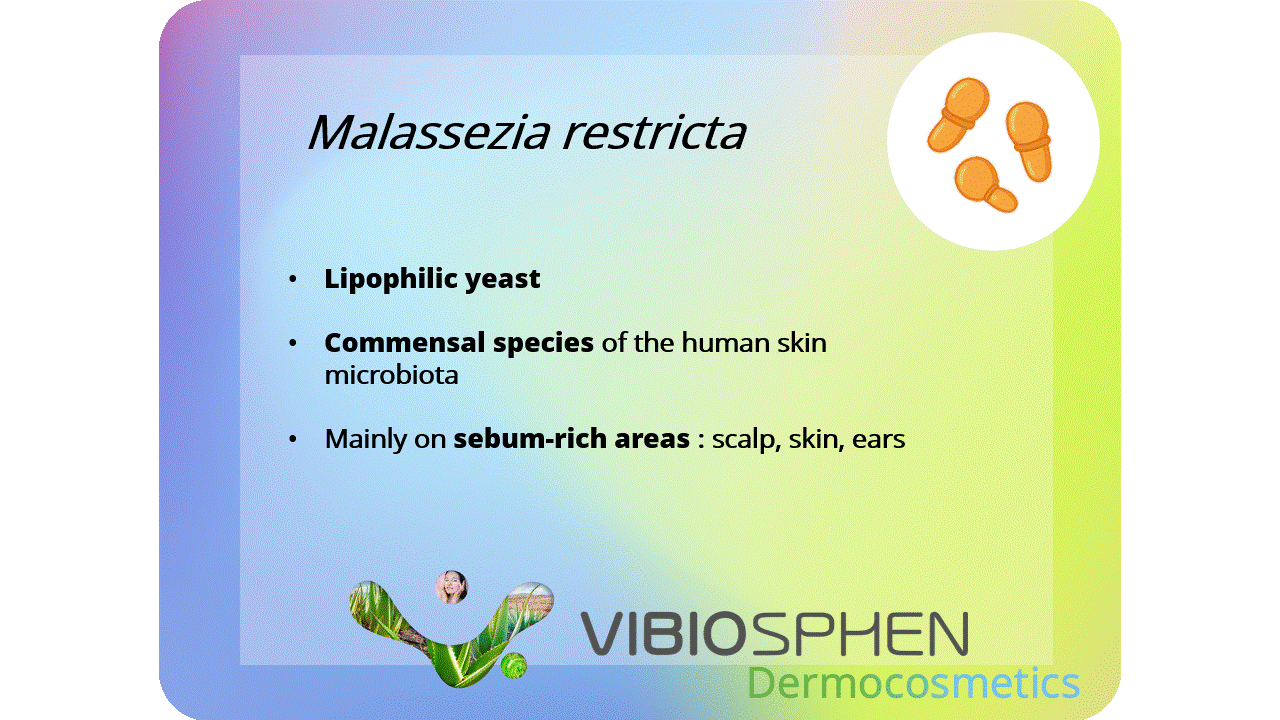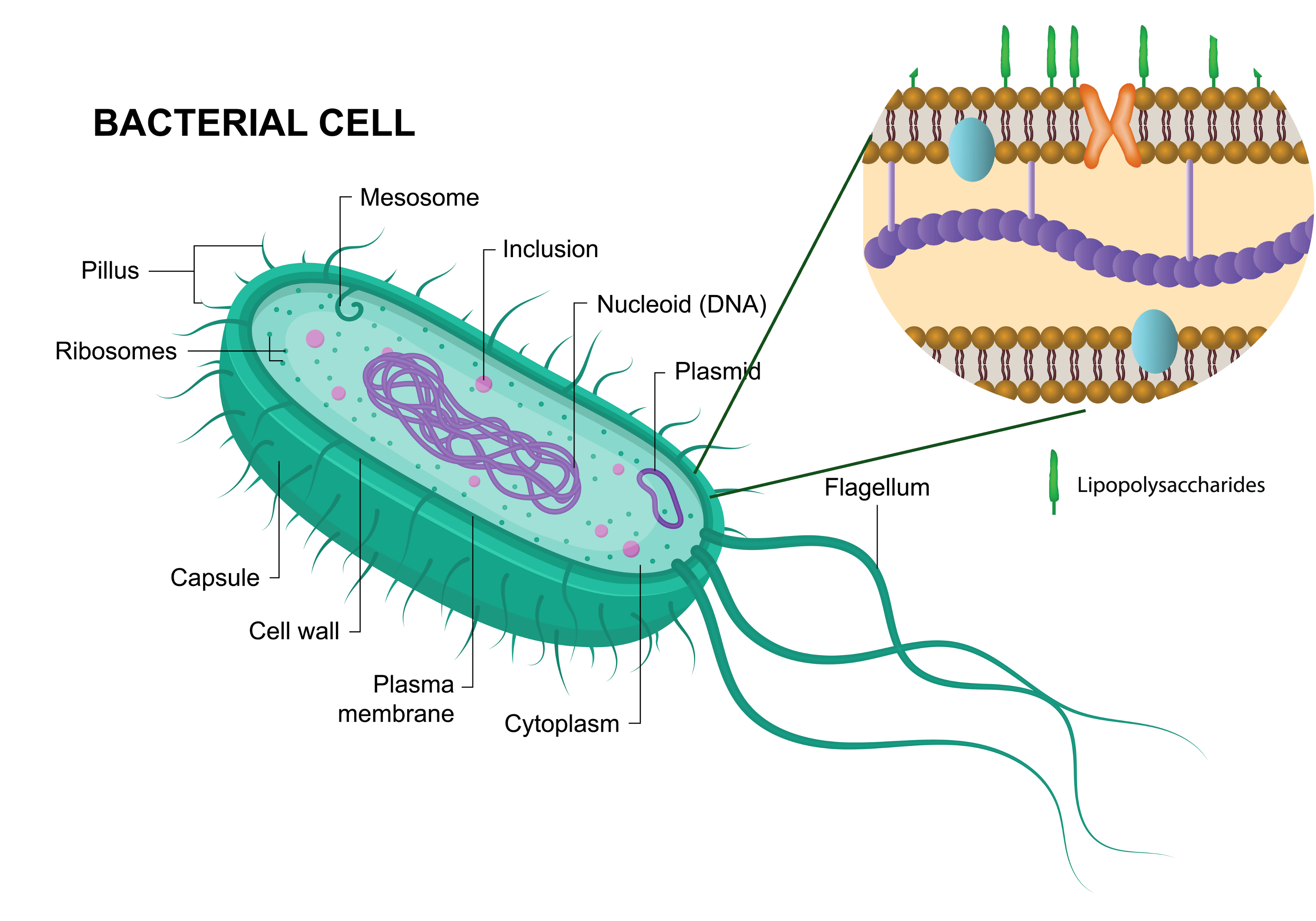C. acnes and extracellular vesicles roles in acne

Acne vulgaris is a common inflammatory disorder affecting more than 80% of young adolescents. Cutibacterium acnes plays a role in the pathogenesis of acne lesions, although the mechanisms are poorly understood. At Vibiosphen and with our partner we’ve worked toward understanding these mechanisms and more specifically the role of extracellular vesicles (EVs) produced by C. acnes. Extracellular vesicles are lipid bound vesicles secreted by cells into the extracellular space and can be involved in the intercellular communication within or between living organisms.
Acne is characterized by increased sebum production, leading to non-inflammatory comedones and inflammatory lesions. This is partly due to the fact that C. acnes is an anaerobic bacterium that predominantly resides deep within the sebaceous follicle and in contact with keratinocytes.
The colonization of C. acnes in the sebaceous follicle can lead to changes in sebum production under androgen control, an altered keratinization process, and an increased release of inflammatory mediators.
In this study we’ve tried to understand the impact of C. acnes’ extracellular vesicles on keratinocytes or sebocytes.
The first noticeable results were shown thanks to the determination of the location of EVs after the contact with keratinocytes and sebocytes: EVs were found in the perinuclear area, indicating that EVs were endocytosed into cells.
We then investigated the impact of the internalization of EVs in epidermal cells. The idea was to understand the implications of EVs in the host response to C. acnes infections.
It turned out that that EVs were responsible for upregulating the expression of proinflammatory cytokines, for inducing keratinization and therefore dysregulation of epidermal differentiation and sebum production in keratinocytes and sebocytes which are acne like phenotypes.
Catégories
Pagination
- Page 1
- Page suivante
Archives
- octobre 2025 (1)
- juillet 2025 (1)
- juin 2025 (3)
- mai 2025 (1)
- mars 2025 (1)
- mai 2024 (1)
- avril 2024 (2)
- septembre 2023 (1)
- août 2023 (1)
- mai 2023 (1)
- avril 2023 (2)
- février 2023 (1)
- décembre 2022 (1)
- octobre 2022 (1)
- juin 2022 (1)
- mai 2022 (3)
- avril 2022 (1)
- février 2022 (2)
- janvier 2022 (3)
- décembre 2021 (2)
- novembre 2021 (1)



